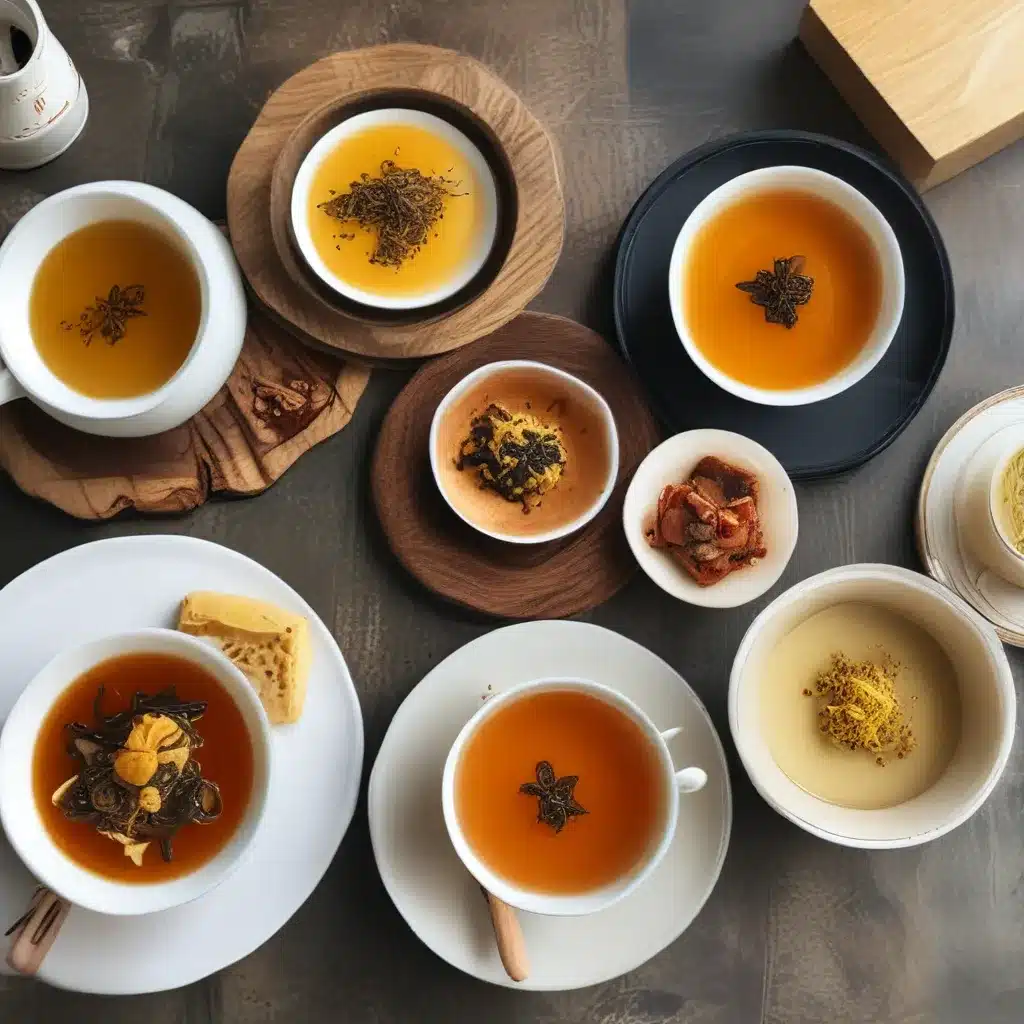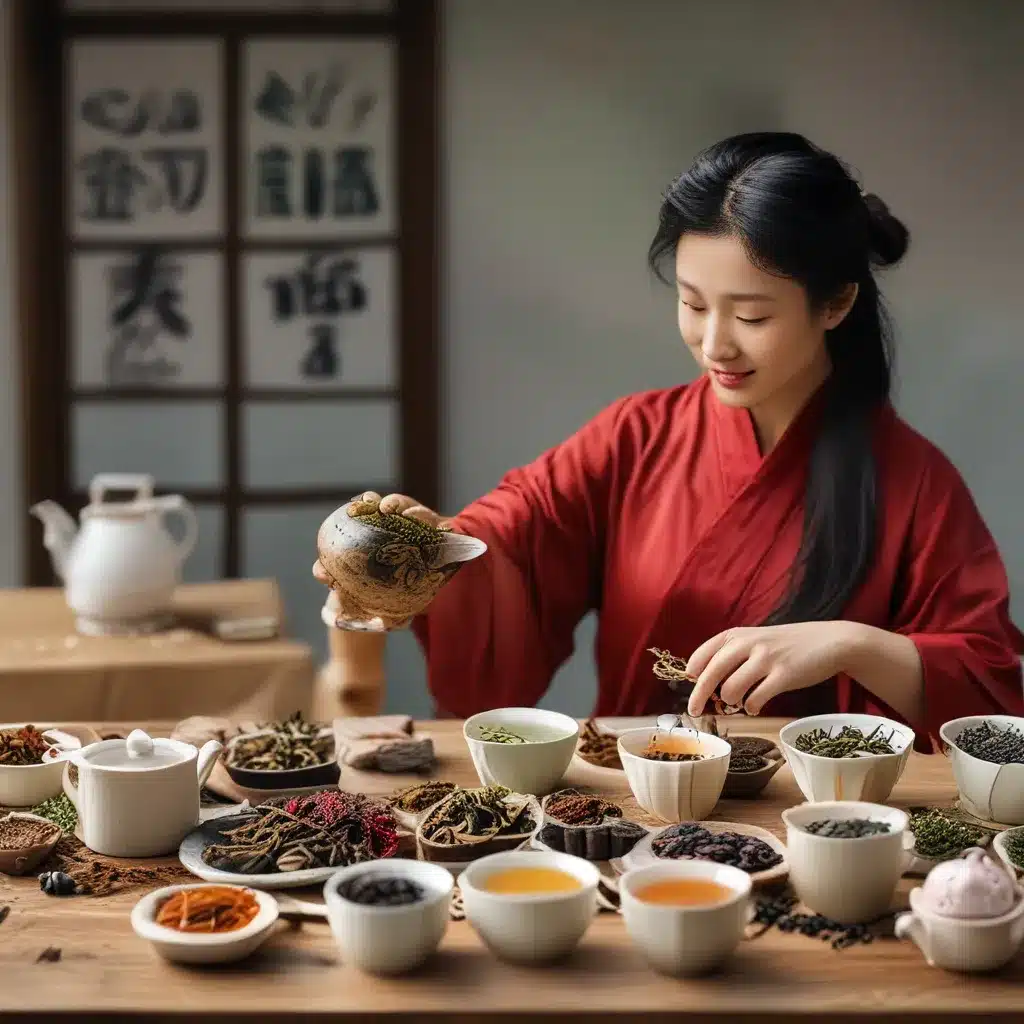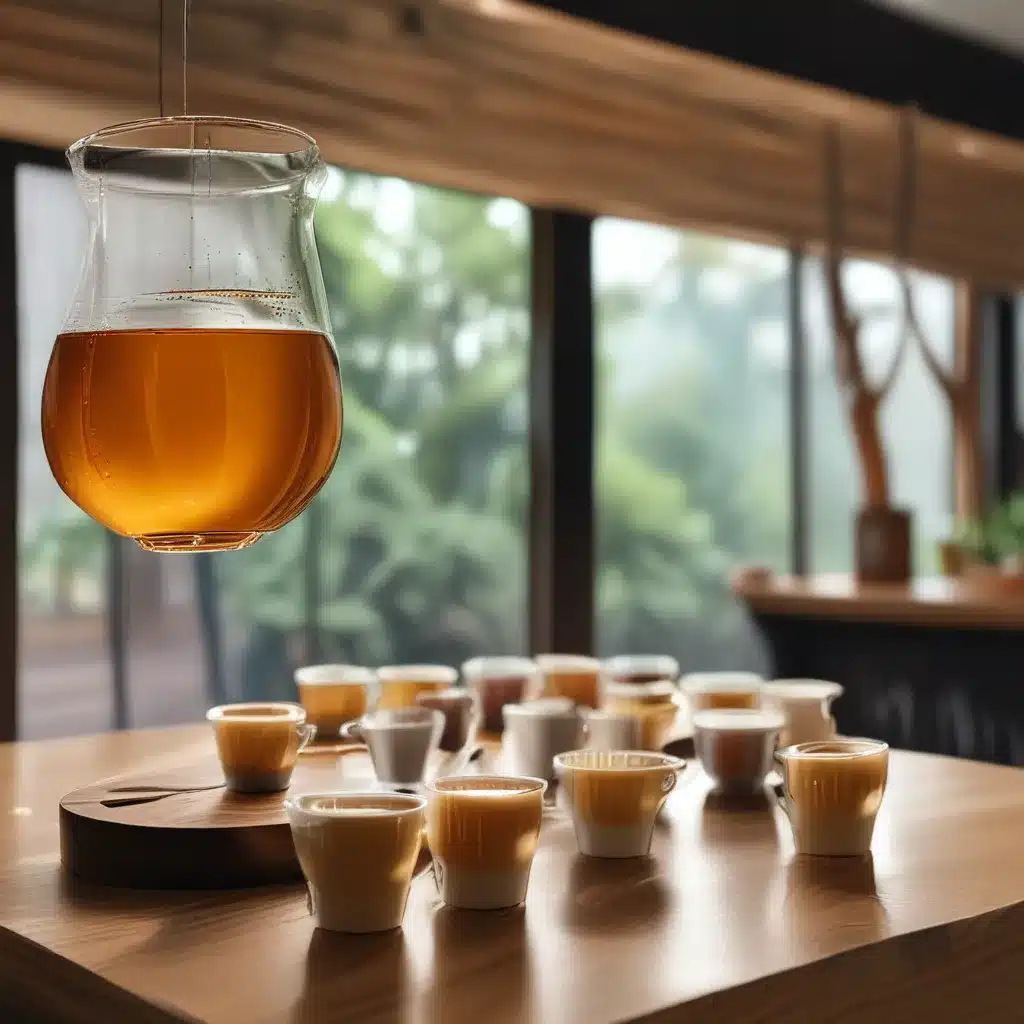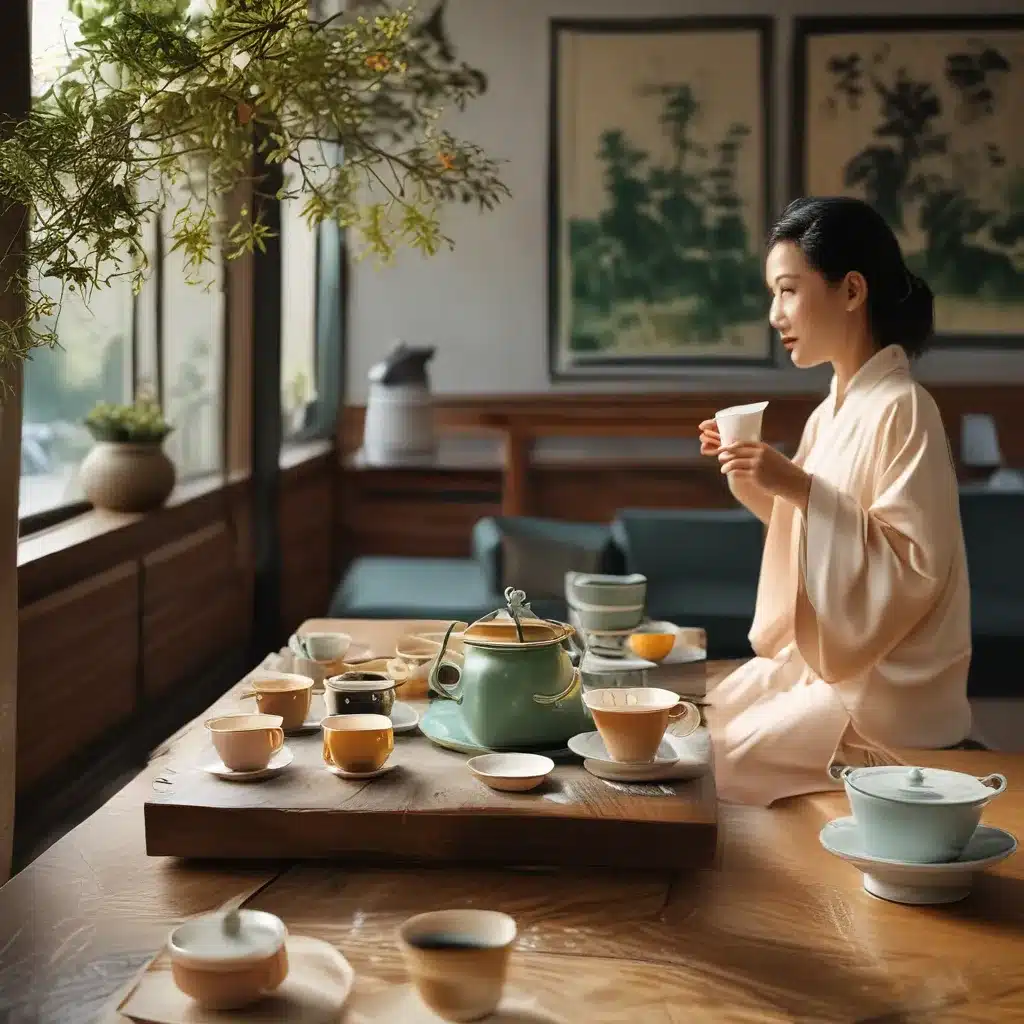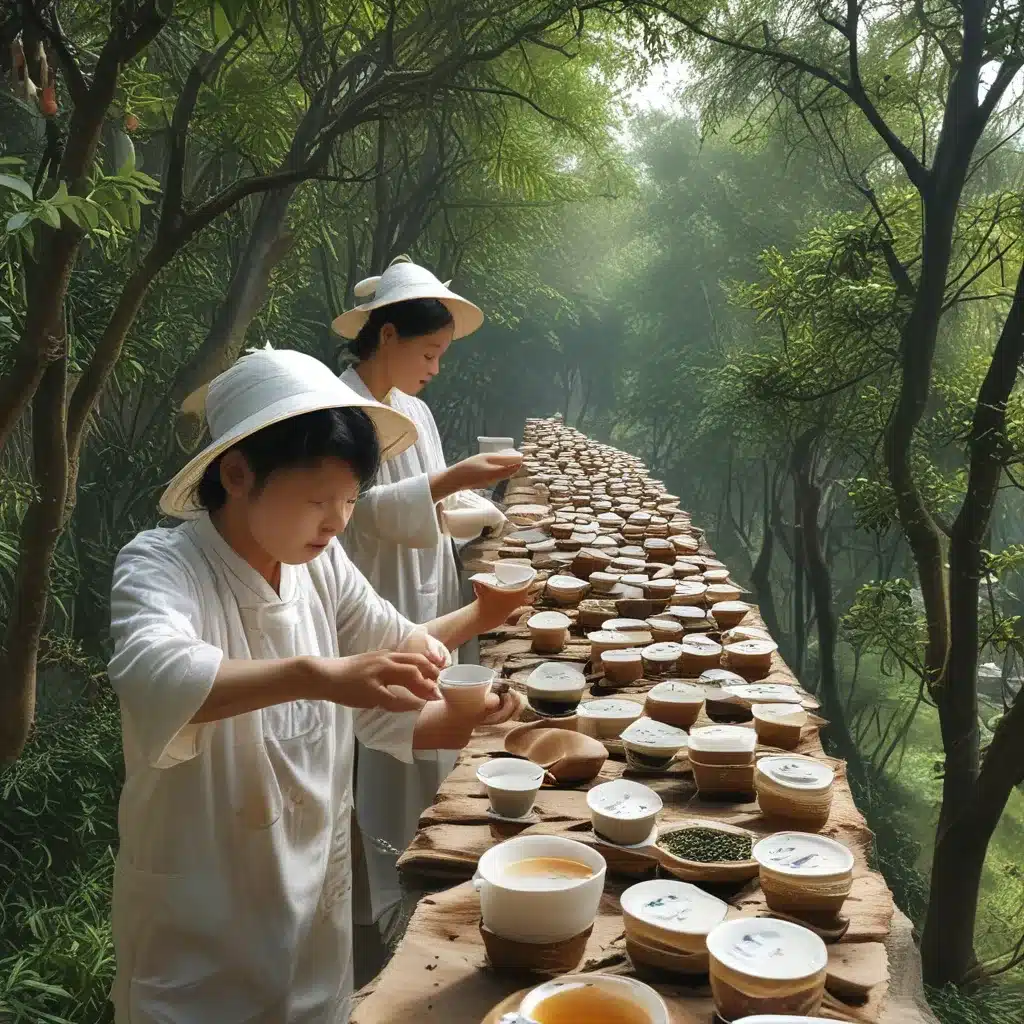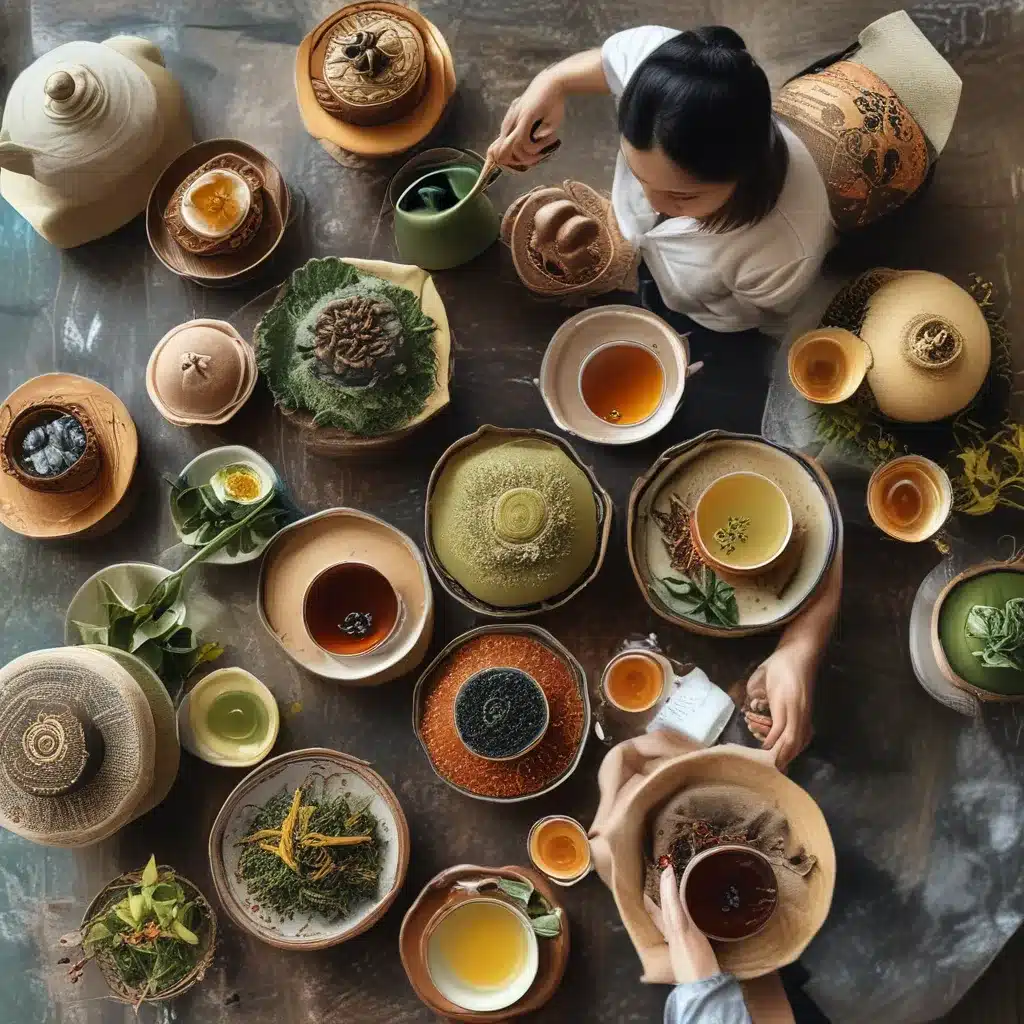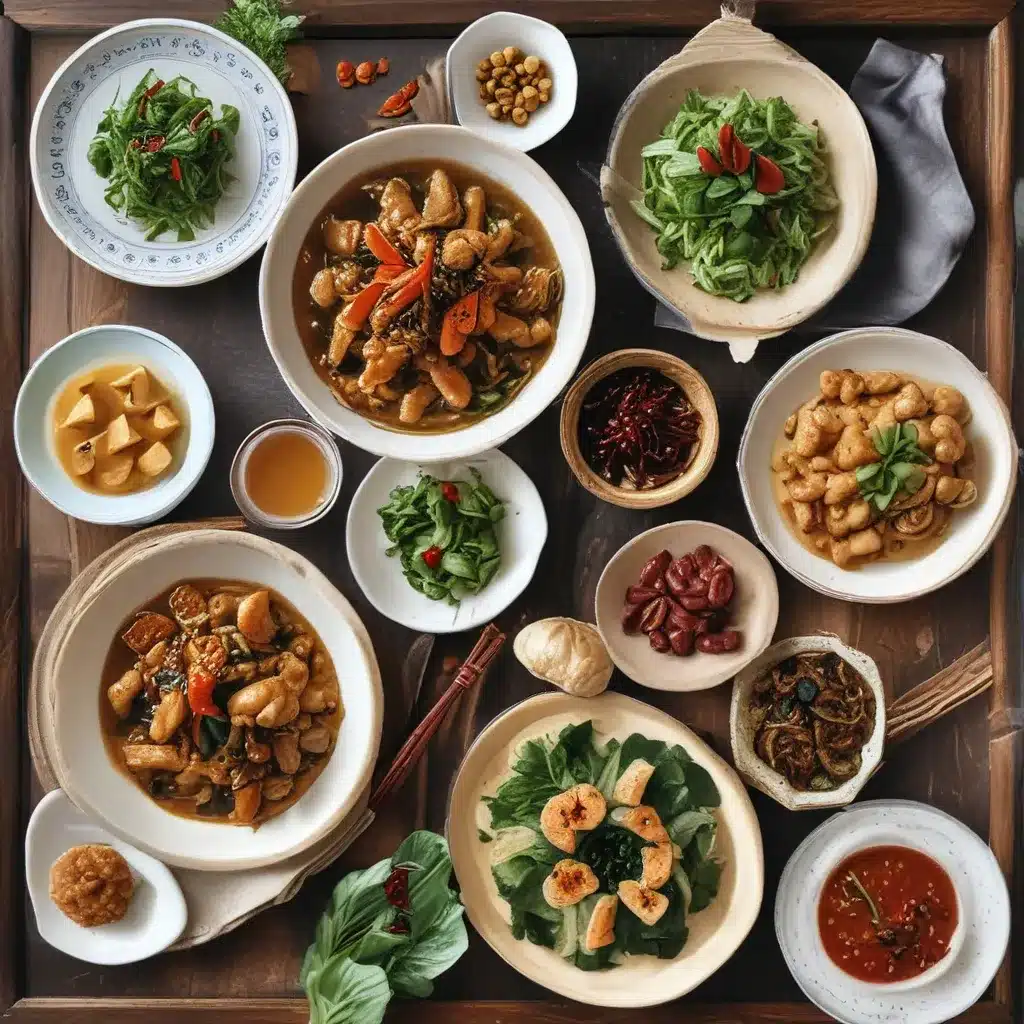
Uncovering the Culinary Riches of the Bund
As I strolled along the iconic Bund in Shanghai, the shimmering lights of the towering skyscrapers cast a mesmerizing glow over the city’s timeless charm. But it wasn’t the glitzy skyline that captivated me – it was the tantalizing aromas wafting from the bustling local eateries, beckoning me to uncover the true essence of Shanghai’s culinary heritage.
Growing up in a small town, my exposure to the gastronomic wonders of the world was quite limited. It wasn’t until I had the opportunity to visit Shanghai that my palate was awakened to the depth and complexity of its regional cuisine. Like a culinary detective, I found myself on a mission to unravel the nutritional wisdom hidden within the city’s time-honored cooking traditions.
My journey began with a chance encounter at a humble family-owned restaurant tucked away on a quaint side street. As I stepped inside, I was immediately transported to a bygone era, surrounded by the warm hospitality and the comforting scents of simmering broths and sizzling woks. It was there that I met Aunt Mei, the matriarch of the family, whose eyes sparkled with a lifetime of culinary wisdom.
The Art of Balancing Yin and Yang
Over a steaming bowl of xiao long bao, Aunt Mei shared with me the profound principles that underpin the Shanghai culinary philosophy. “The key to our cooking,” she explained, “lies in the harmonious balance of yin and yang – the interplay of hot and cold, light and heavy, sweet and savory.”
As I listened intently, Aunt Mei delved into the ancient Chinese concept of yin and yang, which she seamlessly wove into the art of Shanghai cuisine. “Take the xiao long bao, for example,” she said, gesturing towards the delicate dumplings. “The succulent pork filling represents the warming, nourishing yang, while the delicate wrapper embodies the cooling, refreshing yin. It’s all about creating a perfect harmony that nourishes the body and soothes the soul.”
I was captivated by her words, realizing that the culinary traditions of Shanghai were not just about the art of cooking, but a deeper understanding of the body’s needs and the natural balance of the elements. As Aunt Mei continued to share her insights, I found myself nodding in agreement, my appreciation for the nutritional wisdom of Shanghai cooking growing with every passing moment.
Harnessing the Power of Seasonal Ingredients
Aunt Mei’s passion for her craft was infectious, and as she guided me through the menu, I couldn’t help but notice the seasonality of the ingredients. “We believe that the key to nourishing the body is to embrace the gifts of nature,” she said, her eyes sparkling with pride. “Each season brings with it a bounty of fresh, local produce, and it’s our duty as cooks to honor and celebrate these seasonal treasures.”
Eager to learn more, I listened as Aunt Mei explained how the restaurant’s menu evolved with the changing seasons. “In the spring, we focus on lighter, more delicate flavors, such as the tender bamboo shoots and the delicate mung bean noodles. As the summer heat sets in, we turn to cooling ingredients like watermelon and cucumber to help our bodies find respite from the warmth.”
As she spoke, I couldn’t help but marvel at the intricate knowledge that had been passed down through generations of Shanghai cooks. It was clear that there was a deep understanding of how the body’s needs shift with the seasons, and the importance of aligning one’s diet to these natural rhythms.
One Dragon Restaurant, the establishment I was visiting, proudly embraced this seasonal approach, ensuring that each dish on their menu was a celebration of the best that nature had to offer. It was a testament to the profound respect and reverence that Shanghai cooks hold for the land and its bounty.
Unlocking the Secrets of Umami
As our conversation continued, Aunt Mei delved into another fascinating aspect of Shanghai cuisine: the mastery of umami. “Umami,” she explained, “is the savory, fifth taste that adds depth and complexity to our dishes. It’s the secret ingredient that brings everything together and creates a truly satisfying dining experience.”
She went on to describe how Shanghai cooks had long been harnessing the power of umami-rich ingredients, from the rich, soy-based sauces to the slow-simmered broths that formed the foundation of many iconic dishes. “We don’t just rely on salt and sugar to season our food,” Aunt Mei said. “We carefully balance the umami notes with the other flavors to create a harmonious symphony on the palate.”
I was intrigued by her explanation, realizing that the depth of flavor in Shanghai cuisine went far beyond the obvious. It was a testament to the refined culinary techniques and the deep understanding of how different ingredients interact to create a truly remarkable dining experience.
As I savored each bite of the xiao long bao, I could discern the layers of flavor, from the savory pork to the subtle sweetness of the dough, all tied together by the rich, umami-laden broth. It was a revelation, and I found myself marveling at the skill and precision required to achieve such a delicate balance.
Embracing the Power of Fermentation
Aunt Mei’s culinary wisdom continued to impress me as she delved into another fascinating aspect of Shanghai cuisine: the art of fermentation. “Fermentation,” she explained, “is not just a way of preserving our ingredients, but a means of unlocking their full nutritional potential.”
She described how Shanghai cooks had long been harnessing the power of fermented sauces, pastes, and condiments to add depth and complexity to their dishes. “Take our doubanjiang, for example,” she said, referring to the fermented broad bean paste that is a staple in many Shanghai recipes. “It’s been carefully aged and fermented to develop a rich, savory flavor that enhances the overall profile of our dishes.”
I listened, captivated, as Aunt Mei shared the intricate process behind the creation of these fermented wonders. “The key,” she said, “is patience and attention to detail. We carefully monitor the fermentation process, adjusting the temperature and humidity to coax out the perfect balance of flavors.”
As I contemplated the importance of fermentation in Shanghai cuisine, I couldn’t help but marvel at the level of care and dedication that went into every step of the cooking process. It was a far cry from the fast-paced, convenience-driven meals that had become the norm in many parts of the world. This was a culinary tradition that celebrated the value of time, patience, and a deep respect for the natural processes that nourish the body and soul.
Revitalizing the Body with Medicinal Herbs
As our conversation progressed, Aunt Mei revealed another fascinating aspect of Shanghai cooking that had captured my attention: the use of medicinal herbs and traditional Chinese medicine principles. “For us, cooking is not just about creating delicious meals,” she said, her voice filled with reverence. “It’s about nourishing the body and promoting overall well-being.”
She explained how Shanghai cooks had long been incorporating a variety of herbs and spices into their dishes, each with its own unique properties and benefits. “Take the ginger, for example,” she said, gesturing towards the steaming pot on the stove. “It’s a warming, yang-dominant ingredient that helps to improve circulation and boost the immune system. And the white peppercorns we use? They’re known for their anti-inflammatory properties, which can soothe any digestive discomfort.”
I was amazed by the depth of knowledge Aunt Mei possessed, and I couldn’t help but feel a sense of wonder at the holistic approach to cooking that was deeply rooted in the traditions of Shanghai. It was a far cry from the Western notion of cuisine as simply a means of satisfying one’s appetite. Here, food was treated as a powerful tool for nourishing the body and promoting overall well-being.
As I savored the dishes Aunt Mei had prepared, I could feel the warmth and vitality of the herbs and spices coursing through my body. It was a revelatory experience, and I found myself wondering how much of this ancient wisdom had been lost in the modern, fast-paced world of global cuisine.
Honoring the Lineage of Shanghai Culinary Masters
As my time with Aunt Mei drew to a close, I couldn’t help but feel a profound sense of gratitude for the opportunity to glimpse into the rich culinary traditions of Shanghai. It was clear that this was not just a cuisine, but a way of life that had been carefully cultivated and passed down through generations of dedicated cooks and culinary stewards.
“You know,” Aunt Mei said, as she carefully wrapped up the leftover xiao long bao for me to take home, “the traditions of Shanghai cooking are not something to be taken lightly. They are the result of centuries of experimentation, innovation, and a deep understanding of the human body and its needs.”
Her words resonated with me, and I found myself filled with a newfound appreciation for the culinary lineage that had shaped the flavors and techniques of Shanghai cuisine. It was a humbling realization that the dishes I had savored were not simply the product of a single cook’s efforts, but the culmination of a rich and storied tradition.
As I bid farewell to Aunt Mei and stepped out into the lively streets of Shanghai, I couldn’t help but feel a renewed sense of wonder and respect for the culinary treasures that lay hidden within this vibrant city. It was a testament to the power of tradition, the wisdom of our ancestors, and the enduring spirit of those who continue to uphold the nutritional and cultural significance of Shanghai cooking.

